A Tour of Culture to the Second Oldest Confucian Temple in China
Visitors will have to pass an arch and a crescent pool before finding the Dacheng Gate of the Confucian Temple, which is a division between the bustling downtown outside and the tranquil complex inside that has accompanied the town for a thousand years or so. The Confucian Temple, built in many of cities in China, is a physical sign of the spreading of Confucianism which constitutes the cultural foundation of ancient Chinese social civilization and even produces influence in modern times, and so does it for the city of Zhengzhou.

Occupies an area totaling 0.9 hectares, the Confucian Temple has a layout of three yards in order. Photo by Wang Xiuqing
Over 2,000 Confucian temples are preserved in China, North Korea, Japan, Vietnam, Indonesia, Singapore, and the USA. First built in the reign of Yongping of the Eastern Han Dynasty (58-75 AD), the Confucian Temple of Zhengzhou is the second oldest in China, second only to that in Qufu, Shandong Province.
It is recorded in History of Zhengzhou written during the reign of Jiajing of the Ming Dynasty that the Confucian Temple of Zhengzhou used to be very large with a well-designed layout during the early period of the Han Dynasty. It was rebuilt with more buildings in the Yuan Dynasty, during which it had the largest scale in its own history. At that time, the Confucian Temple had an area of 2.47 hectares with five yards from the north to the south in order. On the east and the west are more than 200 chambers. It was again rebuilt several times during the Ming and the Qing dynasties.
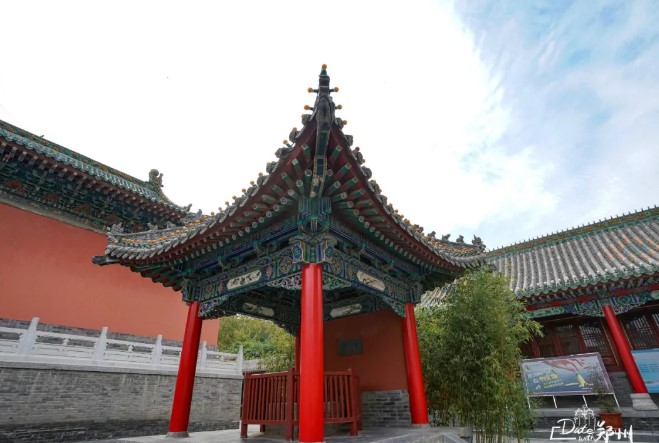
The ancient well in the Confucian Temple Photo by Ma Jian
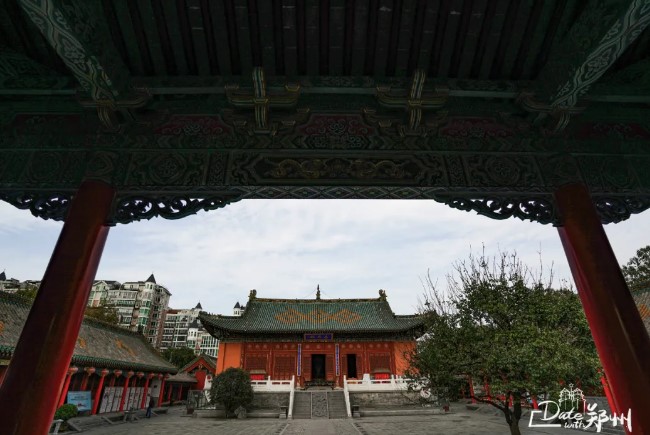
The Dacheng Hall is the heart of the temple. Photo by Ma Jian
In the new century, the Dacheng Hall is put in the list of key cultural relic sites under state-level protection. A great restoration project was carried out for the Confucian Temple from December 2004 to September 2006. This time, the layout designed in the 13th year of the reign of Emperor Qianlong (1748) was referred to build it into the current complex with three yards in order. From the south to the east, there are the East Archway, the West Archway, the Lingxing Gate, the Crescent Pool, the Dacheng Gate, the Dacheng Hall, and the Classic Book Shrine along the axis. Shrines for some famous officials and gentlemen of virtue were rebuilt on both sides in front of the Dacheng Gate. Chambers and corridors were built on both sides in front of the Dacheng Hall. The corridor in the east is called Corridor for Worshipping while the one in the west is called Corridor of Steles. Chambers and well pavilion were also built on both sides in front of the Classic Book Shrine. In front of the Dacheng Gate is the Confucian Temple Square, where local residents are provided with a place to get a touch of the historical and cultural site.
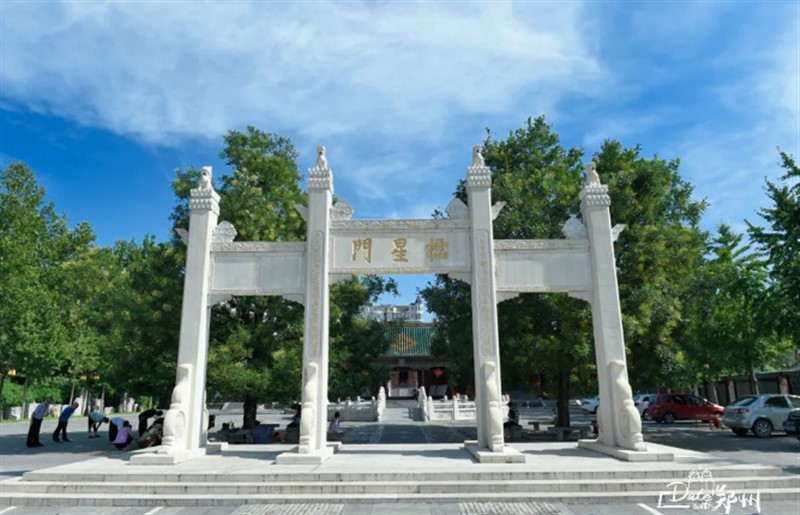
The Confucian Temple after restoration features grandeur and enriched elegance. Photo by Ma Jian
Each time of rebuilding and restoration, followed by a ritual ceremony respecting Confucius, is like an echo of history. Here, many other ceremonies that were very popular in ancient times are held, e.g., the ceremony of school children’s admission, the ceremony of coming of age, the ceremony of apprenticeship, etc. These ceremonial activities activate the tranquil days in the yards and awaken the modern town of Zhengzhou, gifting the city an enchanting glamour.
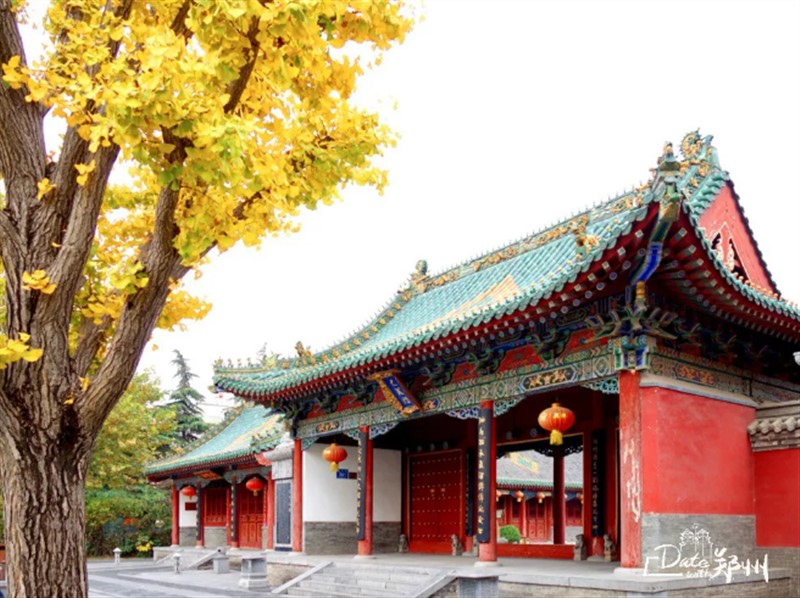
The Confucian Temple of ancient culture is revitalized. Photo by Li Yan
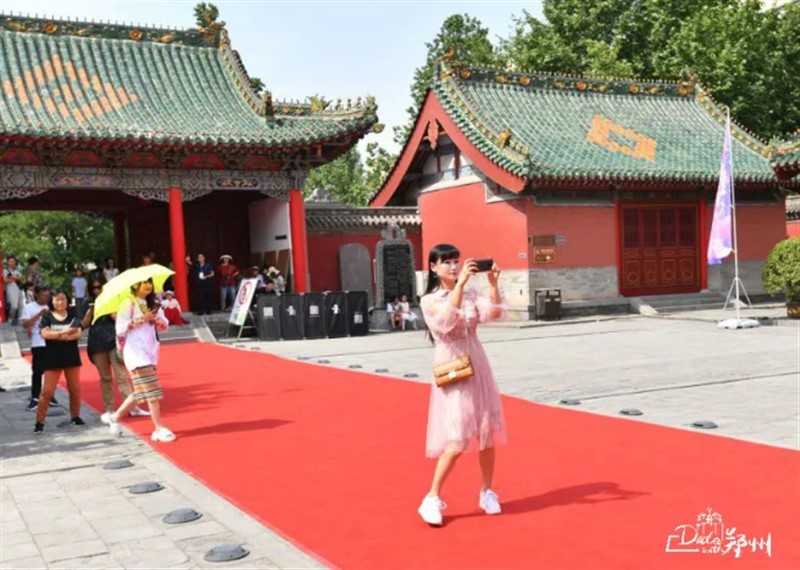
Visitors love to take photos here to show that they have even been here. Photo by Ding Youming
Cultural heritage makes up the base for development. No matter how it has changed, Zhengzhou has never changed its respect toward teaching and education.